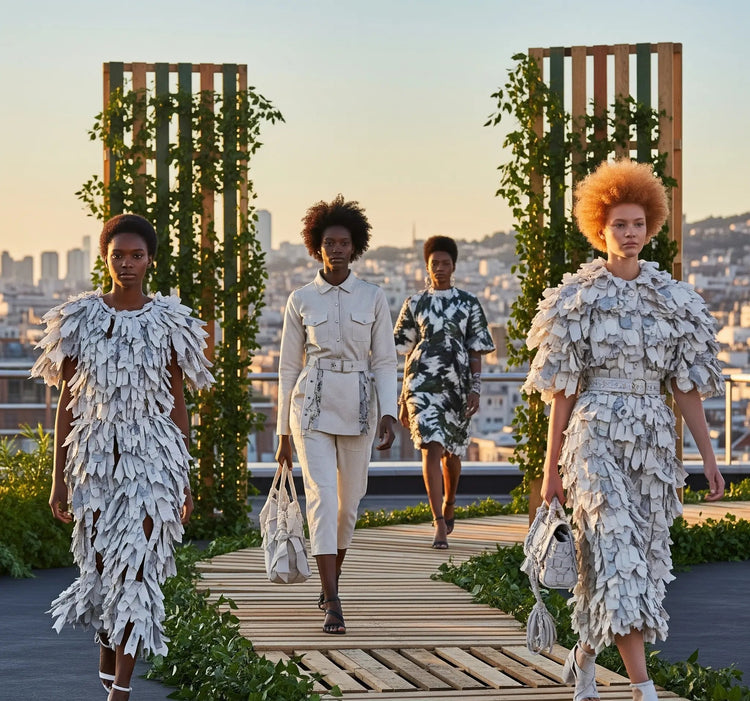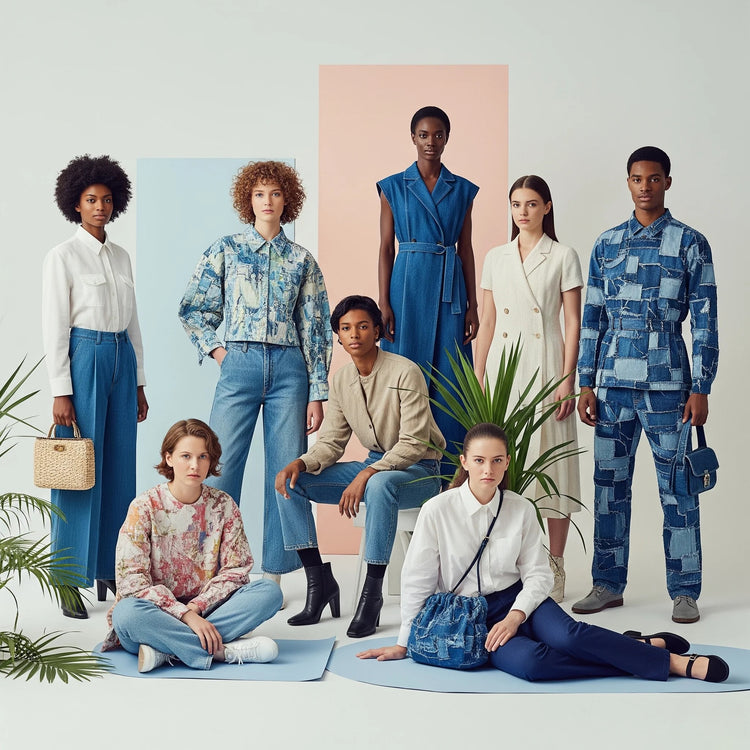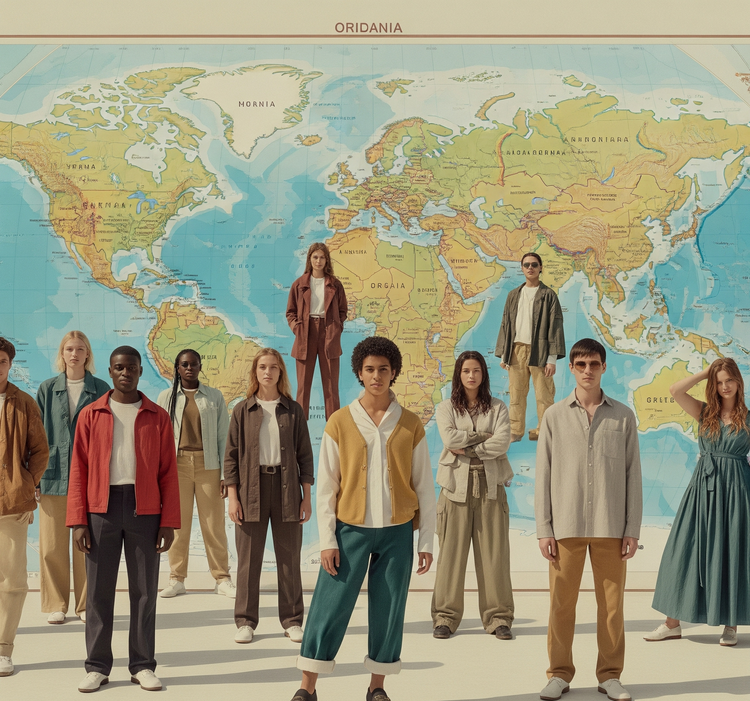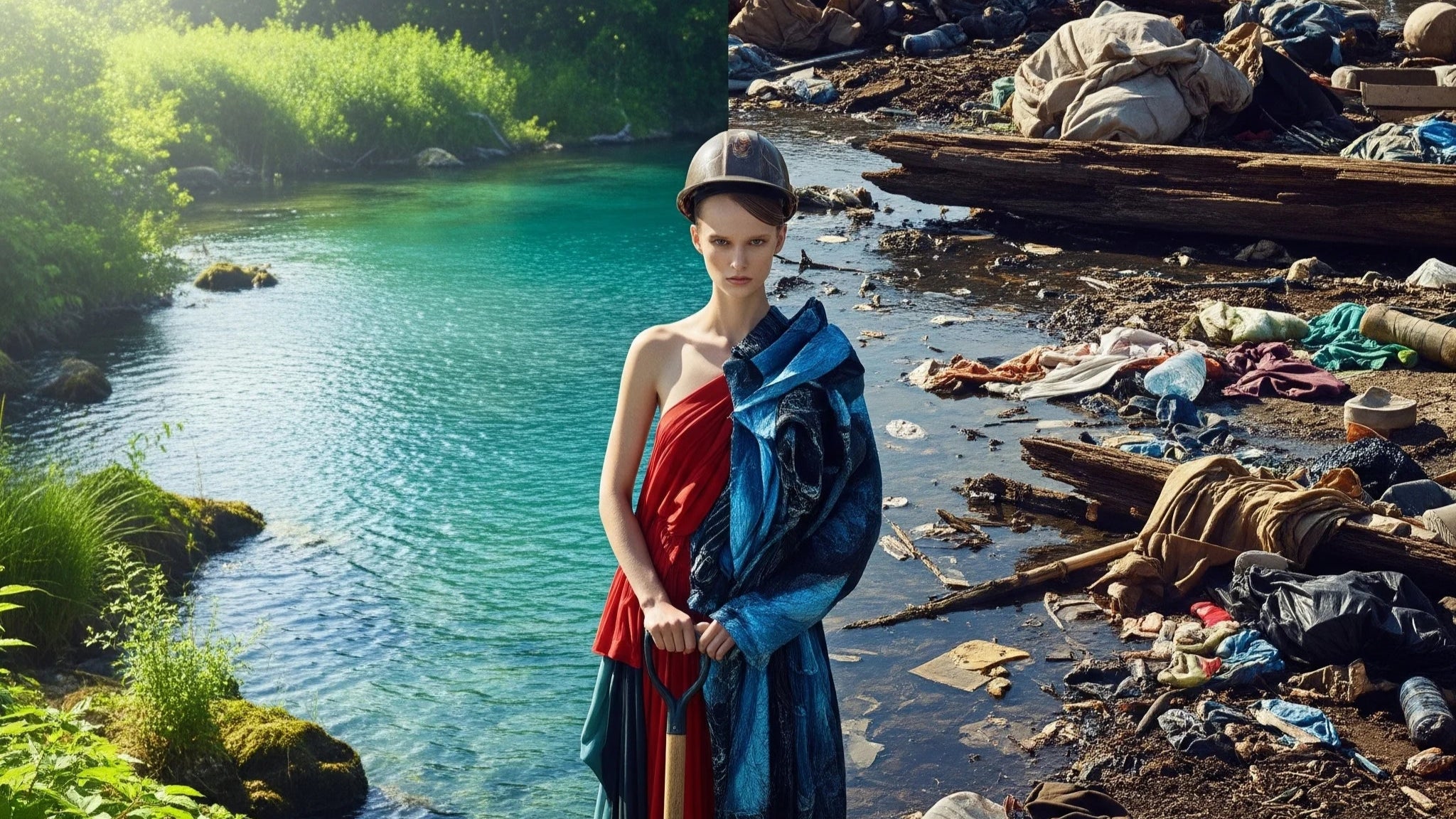Sustainability Made Simple: Fashion, Beauty, and Beyond

Sustainability is not about being perfect!
It is about being aware of how daily choices affect both the planet and people. It is also about balance, meeting today’s needs without taking resources away from future generations.
Think of Earth as a shared home!
Would you throw trash in your living room or mistreat the people who keep it running? Probably not.
From what we buy to what we waste, every decision has an impact. The good news is that once we notice, we can start making changes. Progress begins with small steps.
The Impact of Fast Fashion on the Environment
Textile Waste
Toxic Ingredients
Water & Energy Consumption
Carbon Footprint

Slow Fashion Defined: Quality Over Quantity
Slow fashion is the opposite of fast fashion!
It focuses on quality, longevity, and mindful consumption.
It supports sustainable fashion benefits like lower textile waste, smaller carbon footprints, and better working conditions.
Choosing slow fashion means buying fewer, better clothes and extending their life through care and repair.
It also connects to the principles of regenerative fashion and the circular economy, where materials are reused, repurposed, or recycled instead of discarded.

Circular Design ensures clothing and beauty products are made to be reused, recycled, or composted.
Zero-waste patterns, modular pieces, and recyclable materials keep resources in circulation and reduce landfill waste.

Digital Passport gives each product a digital record detailing its materials, production processes, and recycling instructions.
Scanning a QR code shows exactly what a garment or beauty item contains and how to dispose of it responsibly, boosting transparency.

Extended Producer Responsibility (EPR) programs allow brands to take back products at the end of their life for recycling or repurposing. Consumers help close the loop by returning items instead of discarding them
What's Greenwashing?

And How To Spot It?
> Brands claim eco-friendly, sustainable, or clean without meaningful action
> Fashion: single “conscious” line while mass-producing low-quality garments
> Beauty: products labeled cruelty-free or clean but using toxic ingredients or plastic-heavy packaging
> Lack of ingredient transparency, ethical production, and social responsibility
> Misleading marketing hides true life cycle impact and environmental harm
Simple Solutions
Textile Waste
Textile Waste
Fashion:
- Choose organic or low-impact fabrics to reduce chemical runoff from production.
- Buy pre-loved or secondhand clothing to limit new textile waste.
- Use natural or plant-based dyes when coloring or upcycling clothes.
- Repair and repurpose garments to extend their life and avoid landfill.
Beauty:
- Select clean beauty products free from harmful chemicals.
- Refill, reuse, or recycle packaging to cut plastic and chemical waste.
- DIY small-batch skincare using safe, natural ingredients.
- Minimize microplastic exposure by avoiding glitter, beads, or exfoliating scrubs with synthetic particles.
Toxic Ingredients
Toxic Ingredients
- Pre-washing textiles removes 50–70% of residual formaldehyde, azo dyes, and flame retardants.
- Choose certified fabrics (GOTS, OEKO-TEX) to avoid chemical exposure.
- Clean beauty products: Select items verified by EWG, COSMOS, or Leaping Bunny to reduce exposure to parabens, phthalates, sulfates, and microplastics.
- DIY plant-based dyes and formulations: Using natural pigments or oils avoids synthetic chemical contamination in both clothing and skincare.
Greenwashing
Greenwashing
- Look for transparency in supply chains and sourcing
- Check for third-party certifications: GOTS, OEKO-TEX, Leaping Bunny
- Slow fashion, circular economy, zero-waste design in clothing
- Clean beauty, ingredient transparency, eco-friendly packaging in cosmetics
- Brands that publish sustainability goals, life cycle impact, and social responsibility reports
Carbon Footprint
Carbon Footprint
- Regenerative agriculture: Brands using hemp, organic cotton, or wool grown with regenerative practices help sequester carbon while lowering embedded emissions.
- Transparent energy and water reporting: Companies that disclose their carbon footprint, water use, and sustainability targets are more likely to implement effective resource-saving practices.
- Local or low-transport sourcing: Brands producing regionally or consolidating shipments reduce transport-related emissions.
- Durable, high-quality products: Investing in brands with long-lasting garments or concentrated, refillable beauty products decreases the need for repeat production cycles.

Ethics
Ethical practices in fashion and beauty mean:
Prioritizing people, animals, and the environment throughout the product lifecycle.
This includes fair labor, living wages, safe workplaces, cruelty-free testing, sustainable materials, and regenerative or low-impact production methods.
It also covers ethical technology use, such as tracking supply chains, ensuring transparency, and using digital tools like digital passports to verify sourcing and production.
True ethics combines social responsibility, environmental care, and conscious consumerism.
Sustainability Hub
Regulations
Governments are introducing stricter fashion laws to curb waste, enforce transparency, and promote ethical practices.
Groundbreakers
Bold action is driving change! Read more about the companies and individuals that are leading the way, setting new standards for clean ingredients, fair labor, and sustainable production.
Innovations
Companies are turning waste into value by making fuels, plastics, and even diamonds from CO₂. Waterless beauty, mushroom packaging, algae textiles, and AI-optimized production are redefining consumption.


